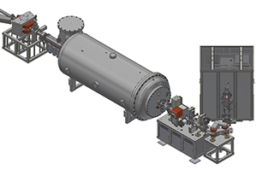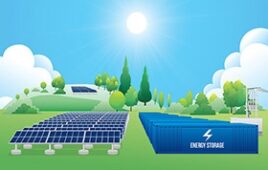Researchers of the Opto-electronic Materials section of
Delft University of Technology and Toyota Europe have demonstrated that several
mobile electrons can be produced by the absorption of a single light particle
in films of coupled quantum dots. These multiple electrons can be harvested in
solar cells with increased efficiency. The researchers published their findings
in Nano Letters.
A way to increase the efficiency of cheap solar cells is the
use of semiconductor nanoparticles, also called quantum dots. In theory, the
efficiency of these cells can be increased to 44%. This is due to an
interesting effect that efficiently happens in these nanoparticles: carrier
multiplication. In the current solar cells, an absorbed light particle can only
excite one electron, while in a quantum dot solar cell a light particle can
excite several electrons. Multiplying the number of electrons results in the
enhancement of current in solar cells, increasing the overall power conversion
efficiency.
Carrier multiplication
Several years ago it was demonstrated that carrier multiplication is more
efficient in quantum dots than in traditional semiconductors. As a result,
these quantum dots are currently heavily investigated worldwide for use in
solar cells. A problem with using carrier multiplication is that the produced
charges live only a very short time (around 0.00000000005 sec) before they
collide with each other and disappear via a decay process known as Auger
recombination. The main current challenge is to proof that it is still possible
to do something useful with them.
Mobile charges
The researchers from Delft
have now demonstrated that even this very short time is long enough to separate
the multiple electrons from each other. They prepared films of quantum dots in
which the electrons can move so efficiently between the quantum dots that they
become free and mobile before the time it takes to disappear via Auger
recombination. In these films up to 3.5 free electrons are created per absorbed
light particle. In this way, these electrons do not only survive, they are able
to move freely through the material to be available for collection in a solar
cell.




